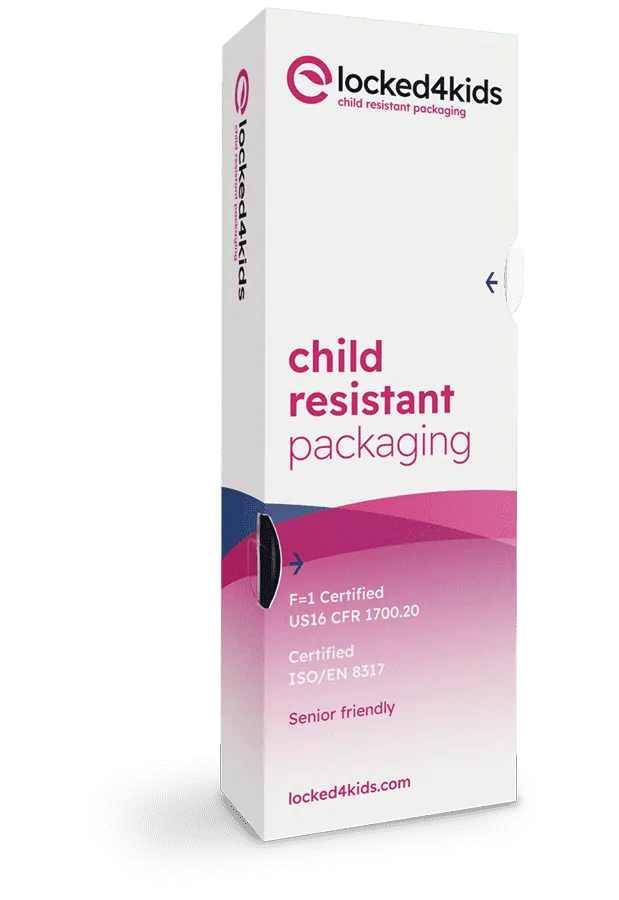Sockerrörsplast, ett innovativt material som framställs av den förnybara resursen sockerrör, ligger i framkant när det gäller hållbara förpackningslösningar. Men vad är det egentligen? Vilka är fördelarna och vilka överväganden måste göras?
Vad är sockerrörsplast?
Sugarcane plastic is created from ethanol extracted from sugarcane, a significant shift from traditional petroleum-based plastics. This bio-based material is formed by converting sugarcane ethanol into ethylene, which is then polymerized into polyethylene. The result is a plastic that mirrors the characteristics of conventional polyethylene, ensuring full recyclability and maintaining industry standards for plastic products.
Is sugarcane plastic biodegradable?
While sugarcane plastic is not biodegradable. Its environmental benefit lies in its renewable origin and recyclability. If biodegradability is a priority, other materials, such as polylactic acid (PLA)or starch-based plastics, might be more suitable. However, these alternatives may require industrial composting facilities to break down effectively.
How to make bioplastic from sugarcane
The journey of creating sugarcane bioplastic involves multiple steps:
- Cultivation: Sugarcane is harvested and processed to extract sugar. The leftover molasses, a byproduct, is used to produce ethanol.
- Ethanol extraction: Fermentation of sugarcane juice or molasses produces ethanol, which serves as a bio-based feedstock.
- Conversion to ethylene: The ethanol is chemically converted into ethylene through dehydration.
- Polymerization: The ethylene is polymerized into polyethylene, creating a bio-based plastic that functions just like its petroleum-based counterpart.
This process highlights the dual utility of sugarcane as both a source of ethanol for plastic production and a carbon-absorbing crop during its growth cycle.
What are the byproducts of sugarcane?
Sugarcane is a versatile crop that generates multiple byproducts during its processing:
- Molasses: A thick syrup used for ethanol production or as an ingredient in food and beverages.
- Bagasse: The fibrous residue left after juice extraction, often used as a bioenergy source or in paper and packaging production.
- Press mud: A byproduct from the filtration process, frequently used as organic fertilizer.
- Ethanol: As the primary feedstock for sugarcane plastic, ethanol is a critical byproduct derived from molasses or sugarcane juice.
These byproducts are great examples of a zero-waste production model.
Fördelar med sockerrörsplast
- Miljömässighållbarhet: Sockerrör absorberar CO2 under sin tillväxt, vilket ger ett minskat koldioxidavtryck för den resulterande plasten. Denna egenskap gör sockerrörsplast till ett potentiellt koldioxidneutralt material, i motsats till den koldioxidtunga produktionen av traditionella plaster.
- Renewability: Utilizing sugarcane, a renewable resource, lessens reliance on finite fossil fuels, aligning with global sustainability goals.
- Recyclability: Matching the physical properties of conventional plastics, sugar cane plastic can enter existing recycling streams seamlessly.
- Reduced agricultural waste: By utilizing byproducts like bagasse and molasses, sugarcane plastic production supports resource efficiency,
Överväganden och utmaningar
Trots fördelarna med sockerrörsplast måste man ta hänsyn till vissa faktorer för att fullt ut kunna utnyttja dess potential:
- Agricultural impact: Increased demand for sugarcane could strain land and water resources and potentially displace food crops.
- Processing energy: While it reduces carbon emissions over its lifecycle, the energy required for processing must ideally come from renewable sources.
- Market integration: Integrating sugar cane plastic into the global supply chain poses challenges, including scaling production to meet demand and ensuring compatibility with existing recycling facilities and standards.
Sockerrörsplast är en lovande väg mot mer hållbara förpackningslösningar, eftersom den är förnybar, har potential att minska koldioxidutsläppen och är återvinningsbar. För att den ska kunna användas på bredare front krävs dock att man noga överväger effekterna på jordbruket, energianvändningen i produktionen och integrationen i leveranskedjan. Är du nyfiken på andra nya förpackningsinnovationer? Utforska dem i den här artikeln!
Begär en gratis sample nu!






.webp)




